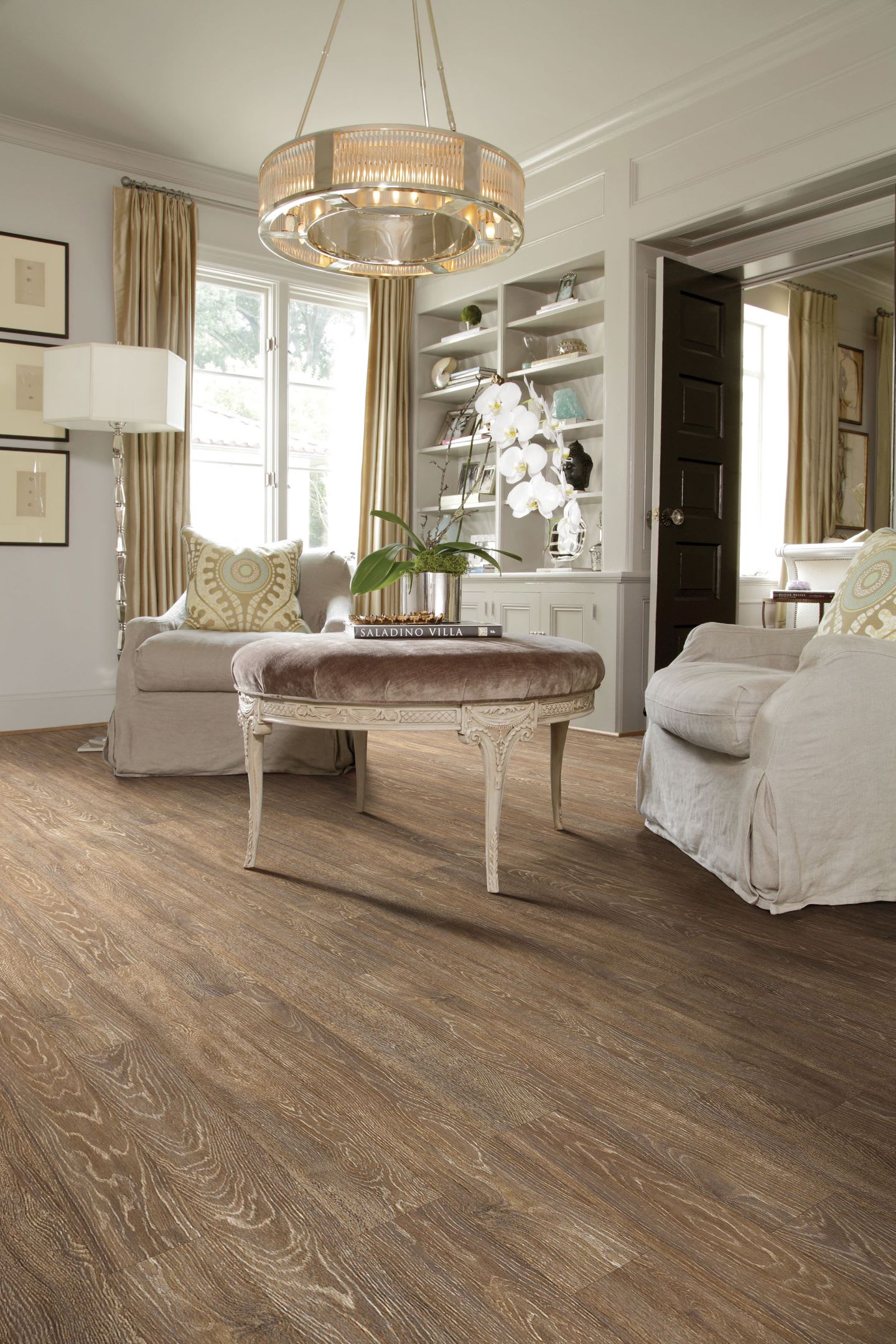Laminate flooring is a popular and cost-effective flooring option that is commonly used in homes and commercial spaces. Here's what you need to know about laminate flooring:
Composition: Laminate flooring consists of multiple layers, typically four:
-
- Wear Layer: The top layer is a clear, protective wear layer that is resistant to stains, scratches, and fading.
- Design Layer: This layer features a high-resolution photograph of wood, stone, or another material, giving the laminate its visual appearance.
- Core Layer: The core layer is usually made of high-density fiberboard (HDF) or particleboard. It provides structural stability and impact resistance.
- Backing Layer: The bottom layer acts as a moisture barrier and helps to balance the flooring.
Durability: Laminate flooring is known for its durability and resistance to scratches, stains, and fading. It's a good choice for high-traffic areas and homes with pets and children.
Ease of Installation: Laminate flooring is designed to be easy to install, often utilizing a click-and-lock or tongue-and-groove system. Many homeowners can undertake the installation as a DIY project.
Variety of Styles: Laminate flooring is available in a wide range of styles, colors, and patterns, including wood, stone, and tile designs. This allows homeowners to achieve the look of hardwood, tile, or other materials at a lower cost.
Affordability: One of the main advantages of laminate flooring is its affordability compared to natural materials like hardwood or stone. It provides a cost-effective way to achieve the desired aesthetic.
Maintenance: Laminate floors are relatively easy to clean and maintain. Regular sweeping or vacuuming and occasional damp mopping are usually sufficient to keep them looking good.
Moisture Resistance: While laminate flooring is resistant to moisture to some extent, it is not waterproof. Prolonged exposure to moisture can cause swelling and damage. Therefore, it's not recommended for use in areas prone to water spills or high humidity, such as bathrooms and basements.
Longevity: The lifespan of laminate flooring can vary depending on its quality and wear layer thickness. Higher-quality laminates with thicker wear layers tend to last longer.
Repairability: In case of damage, laminate flooring can be challenging to repair. It's often necessary to replace entire sections or planks rather than fixing individual damaged spots.
In summary, laminate flooring is a versatile and cost-effective option for achieving a wide range of looks in your home. However, it's essential to consider factors like moisture exposure, quality, and maintenance requirements when deciding if it's the right choice for your specific needs and preferences.









